"America's Wildest City" is a new hour-long documentary from PBS Nature that takes us into our own backyard — home to more biodiversity than any other county in the continental U.S.
How to watch:
8 p.m. Wednesday, Nov. 6 on KPBS-TV
3 p.m. Sunday, Nov. 10 on KPBS-TV
8 p.m. Sunday, Nov. 10 on KPBS 2
7 p.m. Thursday, Nov. 14 on KPBS 2
Or stream on the PBS app
On the big screen:
Screens at San Diego Natural History Museum beginning Nov. 22
Free with museum admission ($14-$24). sdnhm.org.
San Diego filmmaker Nate Dappen runs Day's Edge Productions and pitched the project to PBS Nature. He said he wanted to make a film that honors the incredible biological forces in the region.
"The thing that makes San Diego unique is that it's a landscape that is basically isolated by mountains on one side, desert on another, and the Pacific Ocean. All these different habitats come together in a really small area to create a ton of unique habitats," Dappen said.
The film canvases the entire county — showcasing the surprising and unique wildlife from its coastlines, lakes, mountains and deserts.
Yet some of the most impactful scenes focus on critters you might see every day. Think: squirrels.
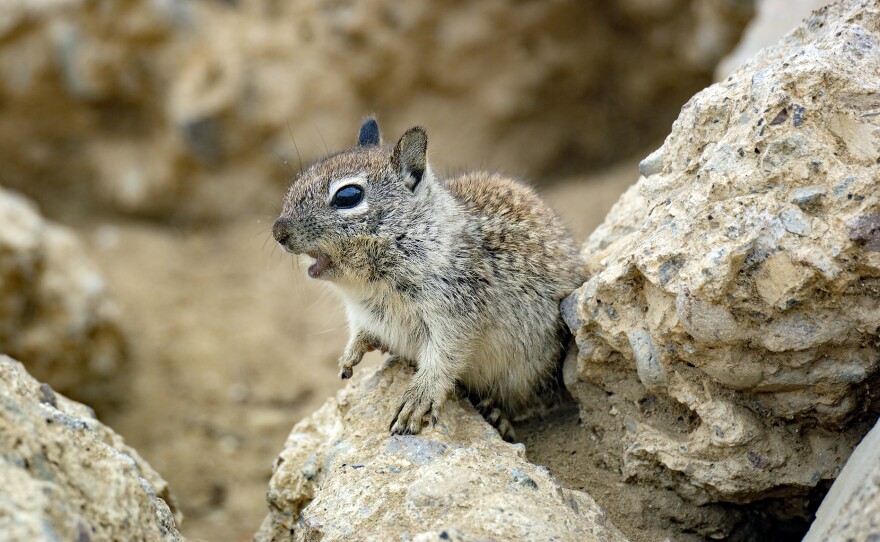
Dappen says that putting together a nature documentary takes some creative thinking, but most of all: patience. In the film, they follow some western grebes as they mate, nest and grapple with dramatic water level changes due to dam maintenance in Lake Hodges.
"We spent maybe 40 days on Lake Hodges filming those birds as a team in a variety of different ways. (It) required a tremendous amount of patience and a ton of expertise from scientists at the natural history museum or local experts," he said.
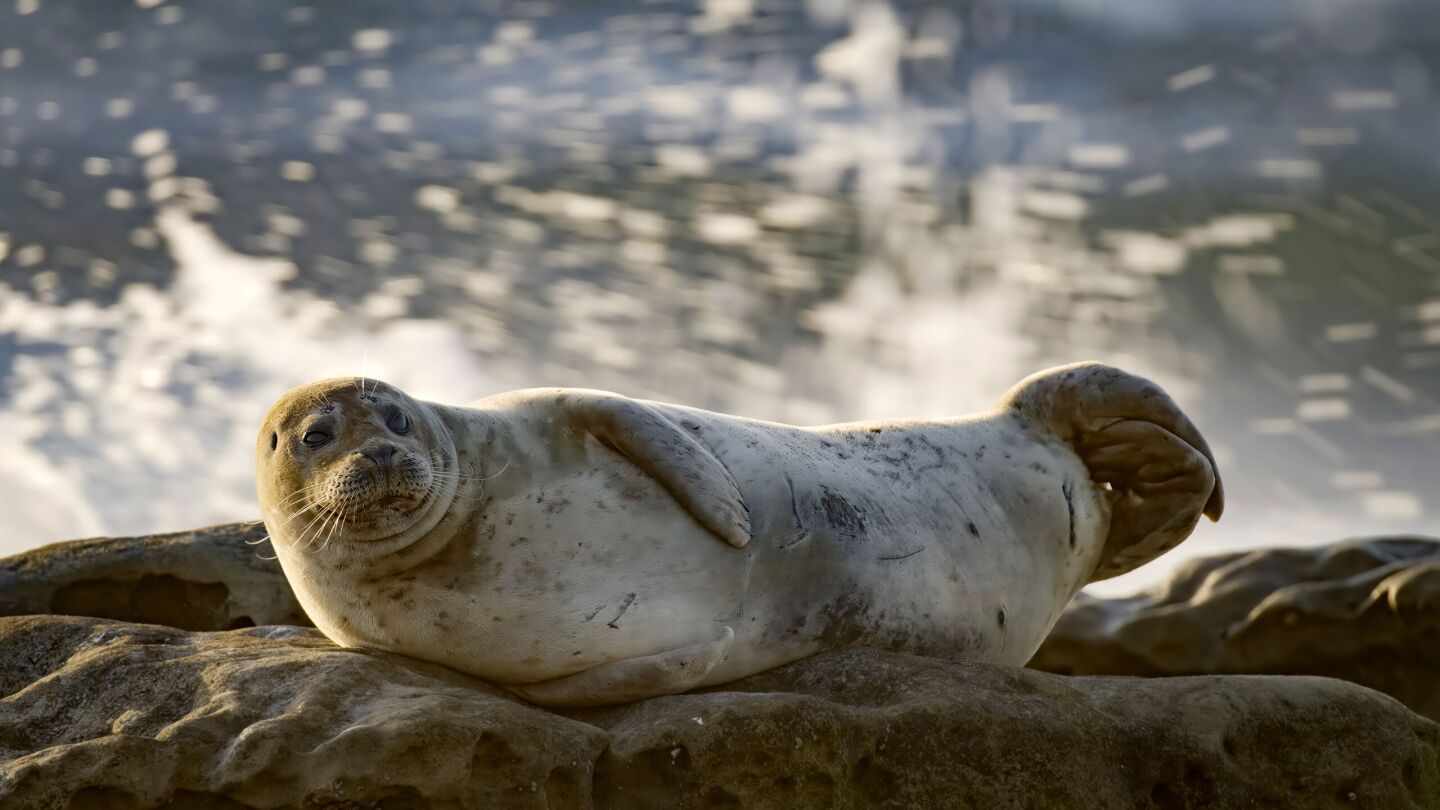
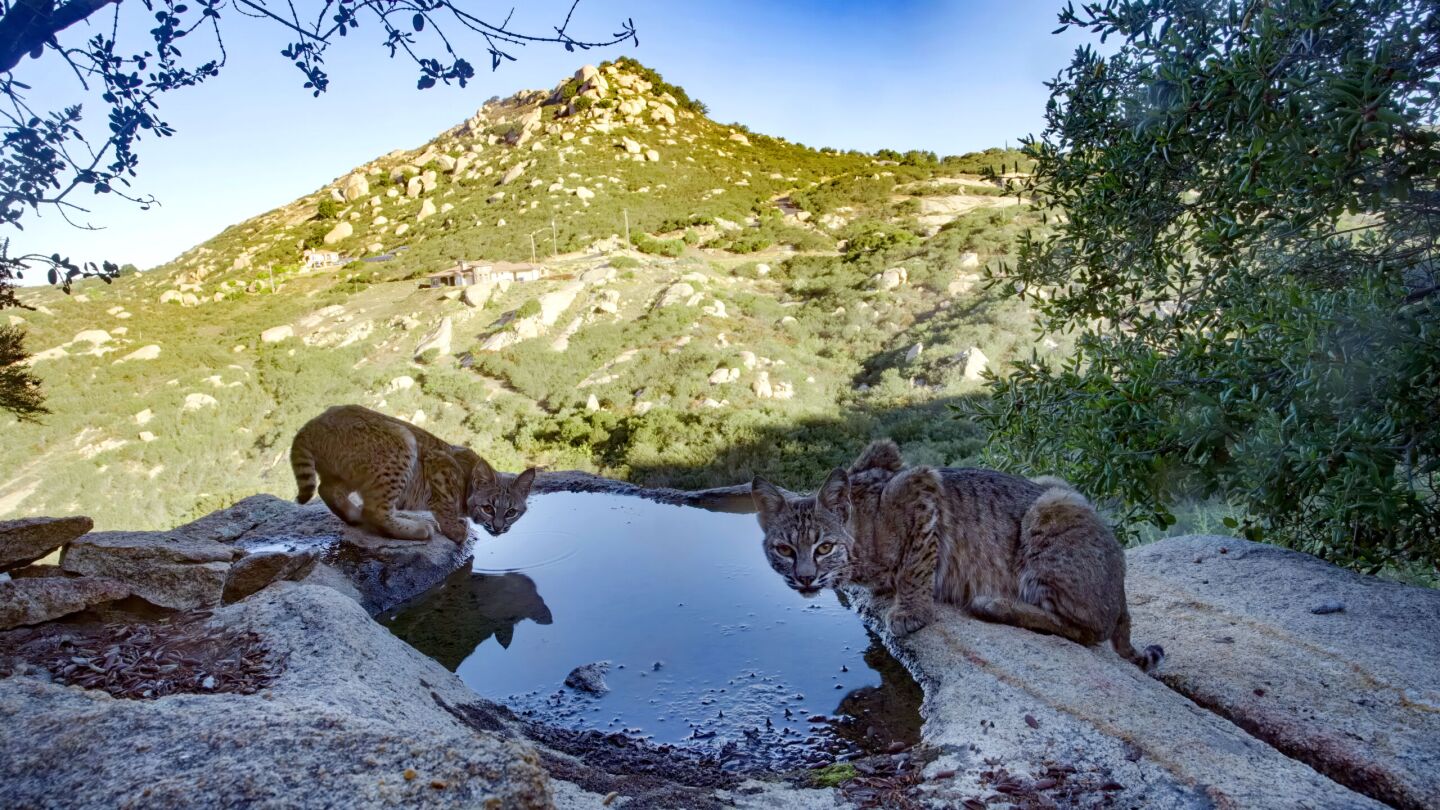
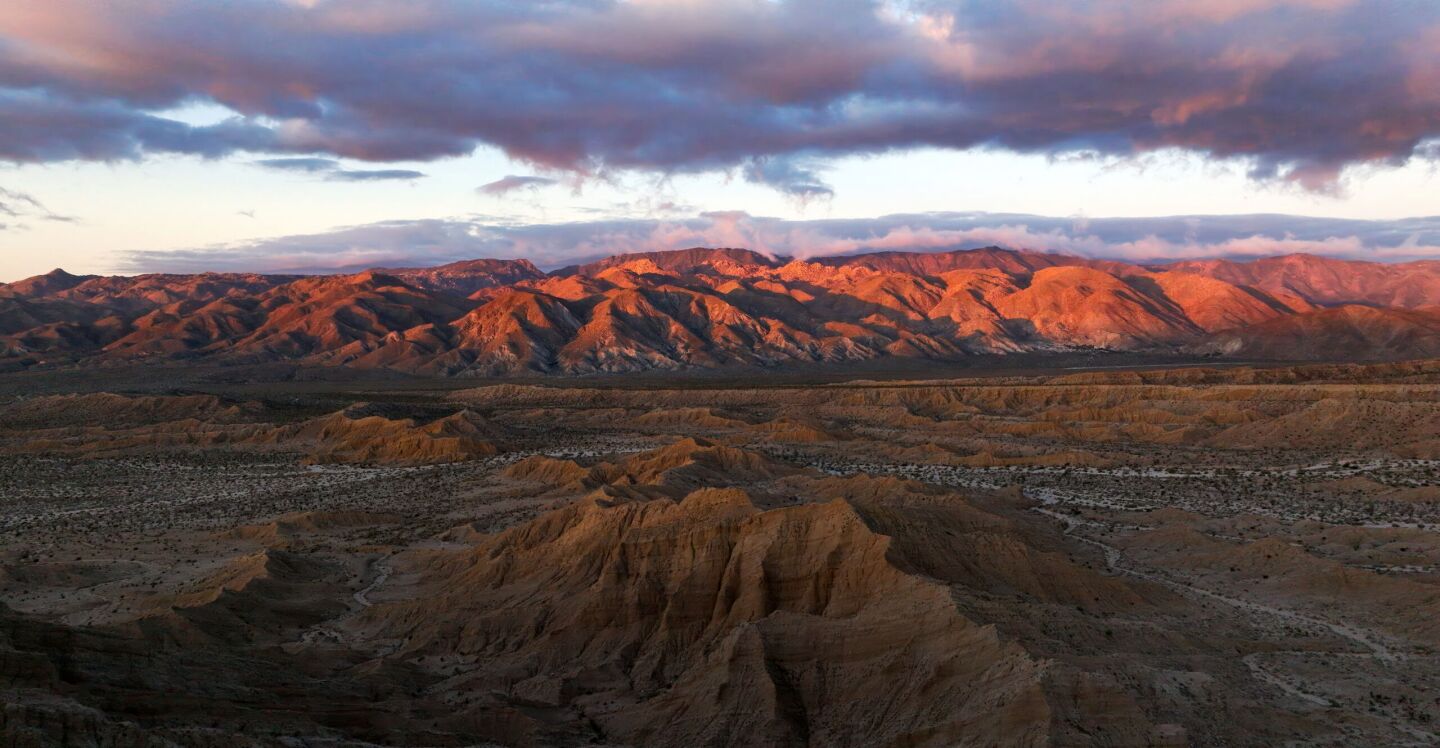
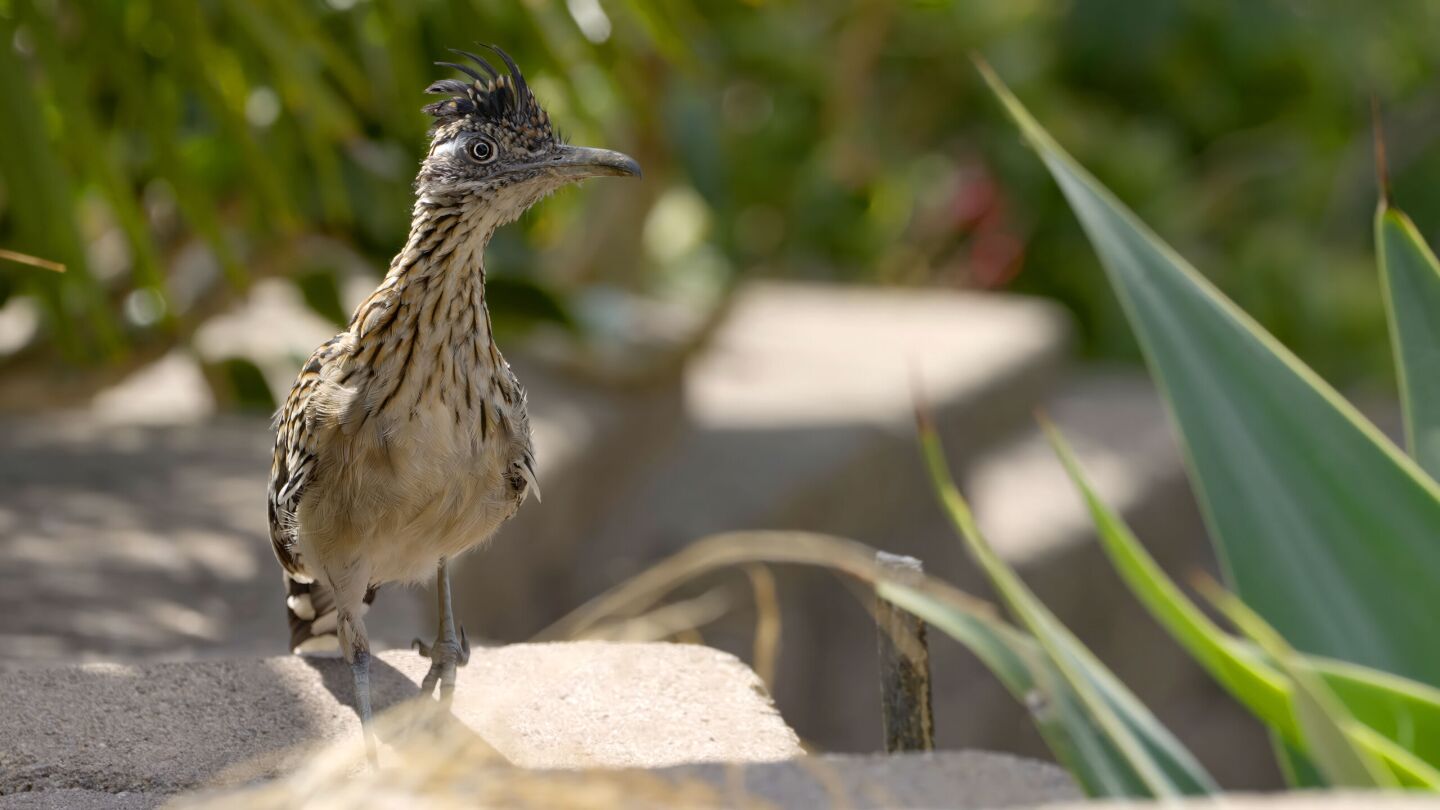
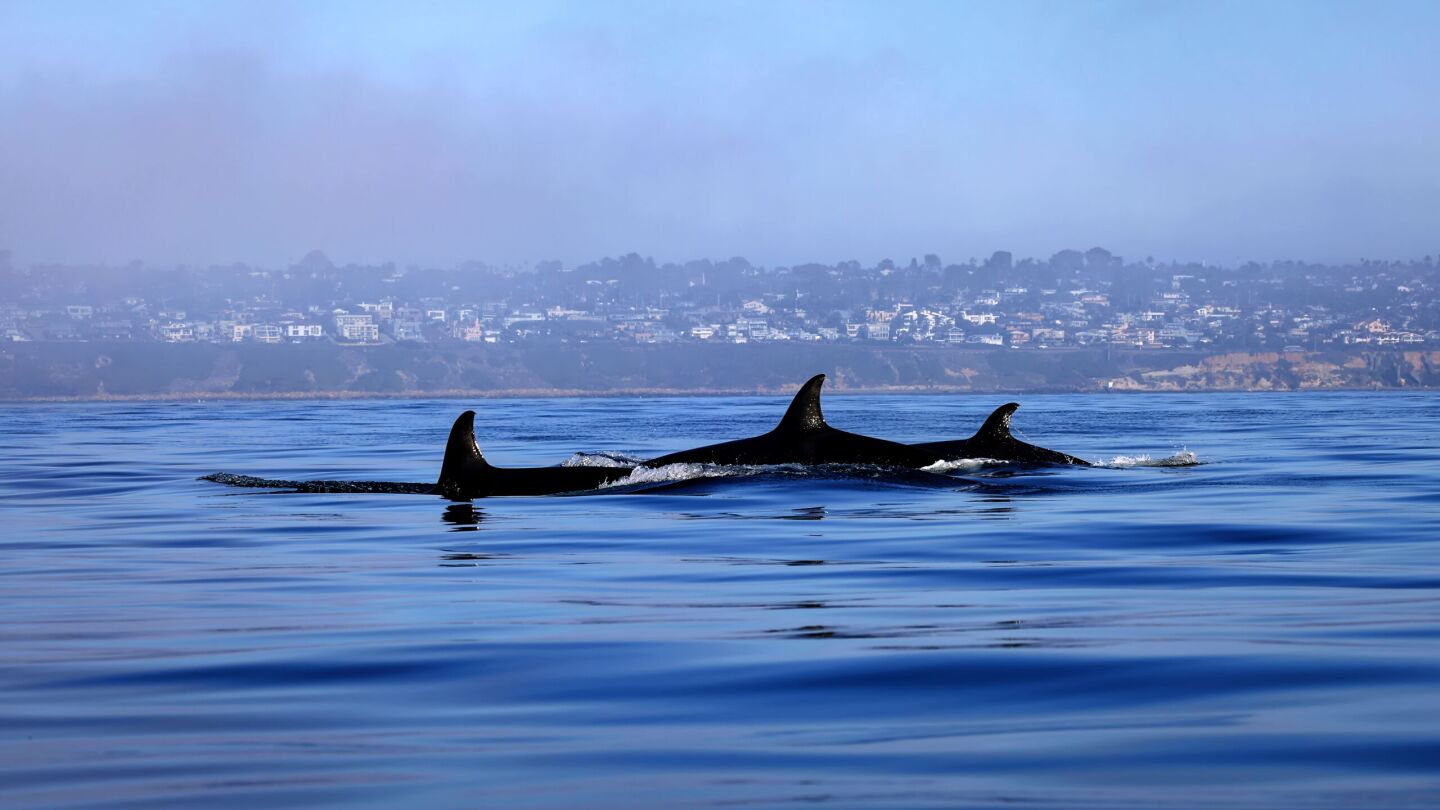
Though the film was made for a national audience, it encourages locals to pay more attention to what's right under their noses.
"If you put out a bird feeder, if you put out native flowers, if you just sit there and you watch for an hour, you'll see so much rad stuff. You'll see hummingbirds, you'll see crows. You'll see all sorts of insects and pollinators — butterflies come through here. It really is just all around us. I think that any place that you're at in San Diego, if you just sit down and watch, you realize that you're surrounded by beautiful nature," Dappen said.
From orcas to superblooms, Dappen hopes San Diegans recognize the impact human activity has on the land.
"The more we appreciate that, the more we'll make choices in service of protecting it," he said.
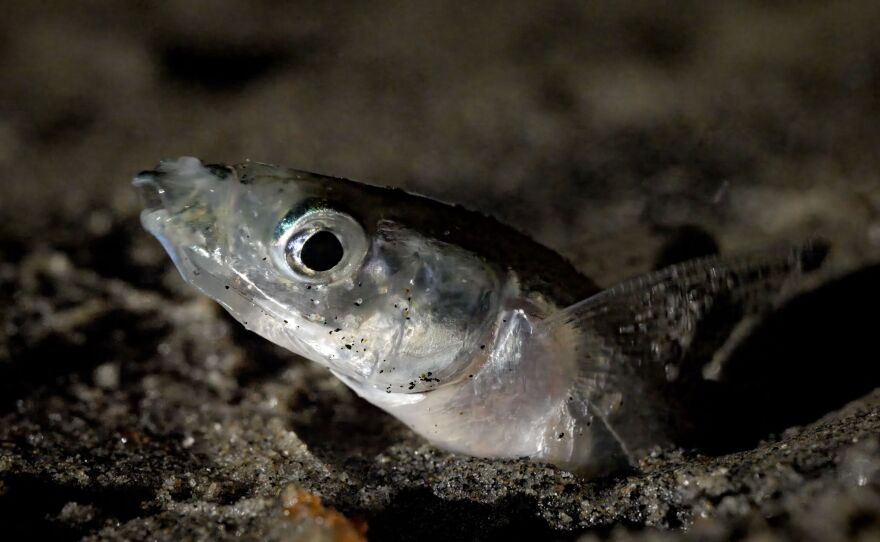
For Dappen, this is most powerfully represented in possibly the smallest creature spotlighted in the film: the tiny grunion eggs nestled in San Diego's coastlines. Activities like beach grooming or raking along the sand are now banned during the grunion mating season.
"The story of the grunion, I think, is so symbolic to me of our power to destroy and then our singular power to protect," Dappen said. "We're such a unique species. We do things that are self-interested all the time, and we make choices that are for our own well-being or for the well-being of people that we love at the expense of other things. But I think we're the only species on the planet that cares."
Spot the local wild places
A partial list of locations where "America's Wildest City" was filmed:
- Lake Hodges
- Otay Lakes
- Liberty Station
- La Jolla Cove
- Sunset Cliffs Park
- Anza Borrego State Park
- Mission Beach
- La Jolla Shores
- Blacks Beach and Torrey Pines
- The San Diego River mouth
- Ramona
- Various San Diego canyons





